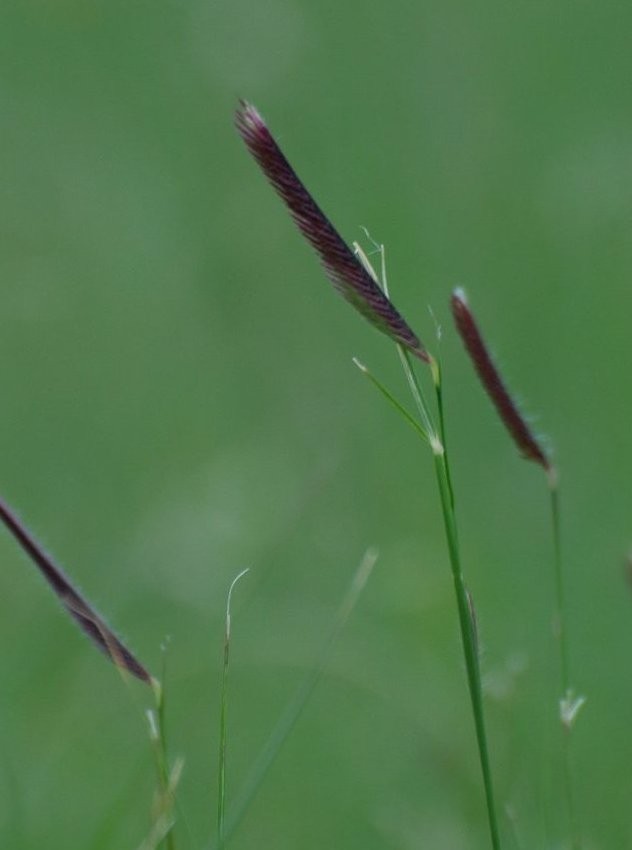Black grama
(Bouteloua eriopoda)

Description
Bouteloua eriopoda, commonly known as black grama, is a perennial prairie grass that is native to the Southwestern United States. Its main means of reproduction is by stolons, as its ratio of viable seeds to sterile ones is naturally low. The disparity may play a role in its lack of tolerance to overgrazing (relative to other grasses), but aside from this B. eriopoda is a good forage food for livestock. It was first described, as Chondrosum eriopodum, in 1848 from specimens collected along and nearby the "Del Norte" river in New Mexico. B. eriopoda is found in the following U.S. states: Arizona, California, Colorado, Kansas, New Mexico, Nevada, Oklahoma, Texas, Utah and Wyoming. Bouteloua is a genus of plants in the grass family. Members of the genus are commonly known as grama grass. The genus was named for Claudio and Esteban Boutelou, 19th-century Spanish botanists. David Griffiths produced a 1912 monograph on the genus. Bouteloua includes both annual and perennial grasses, which frequently form stolons. Species have an inflorescence of 1 to 80 racemes or spikes positioned alternately on the culm (stem). The rachis (stem) of the spike is flattened. The spikelets are positioned along one side of the spike. Each spikelet contains one fertile floret, and usually one sterile floret. Bouteloua is found only the Americas, with most diversity centered in the southwestern United States.
Taxonomic tree:







